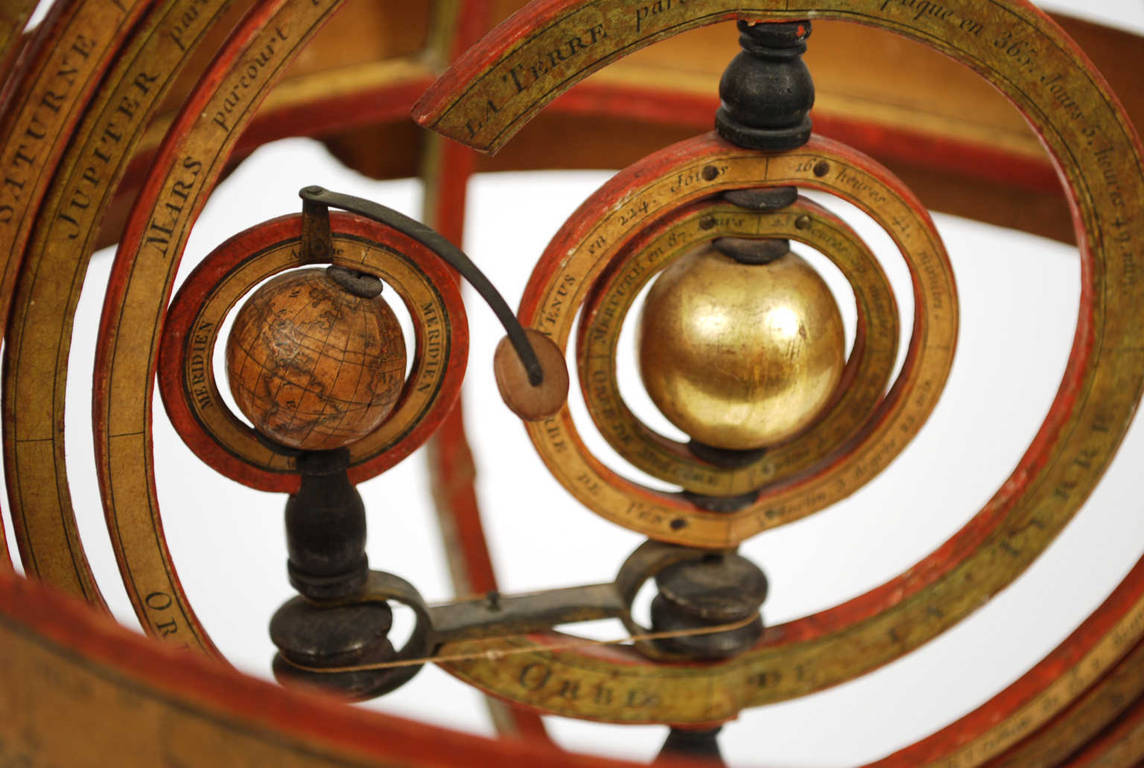antik.it/Antique-compasses/7750-Nautical-Compass/
Code 7750
EUR 1000.00
In stock
1709813800Code 7750 Nautical CompassNautical magnetic compass, signed Henry Browne & Son Ltd Barking & London Sestrel Mark from the second half of the 19th century. Good condition. Housed in its original wooden box and mounted on a gimbal. Box measures 13.5x13.5x10 cm – 5.4x5.4x4 inches.
The compass is made up of a cylindrical brass container, called a mortar, on the bottom of which is fixed a hard metal stem, called a sensitive element, on which the wind rose is placed, suitably fastened, so that the zero coincides with the magnetic polarity.
Sestrel is a registered trademark of Henry Browne & Son, which was an important English company producing high quality compasses, inclinometers, sextants, etc. founded in the second half of the 19th century. The brand is a name that results from the initials of the qualities that the brand itself embodies: SEnsitive – STeady – RELiable (sensitive-safe-reliable). Sestrel is in fact a name synonymous with quality and precision, as demonstrated by the number of vintage and antique instruments with that brand still in use today.
The first hints of the use in Europe of instruments that exploited magnetic force to orient oneself in navigation date back to the end of the 12th century, above all thanks to the knowledge brought by Arab merchants and navigators: we find hints of it in Alexander Neckam's work “De nominibus utensilum” and in the works of Guyot de Provins in which the magnet is defined as “the sailor's companion”. Even in the inventory of a Sicilian ship from the 13th century, the San Nicolò, reference is made to the presence on board of a magnet and a "wooden compass".
FAQ
Do you provide an authenticity certificate/expertise?
Of course! The legislative decree n. 42/2004 stipulates that who sells works of art or historical and archaeological items has the obligation to deliver to the purchaser the documents attesting to the authenticity of the object, or at least to submit the documents relating to the probable attribution and origin. Antik Arte & Scienza provides an expertise (as warranty) that contains a description, period and assignment or the author, if known, of the item.
How can I pay?
Secure payments by PayPal, credit card or bank transfer.
What are the shipping terms and the delivery schedule?
Shipping by DHL or UPS is free (but if we are shipping to a country non-EU remember that any taxes and customs duties are on your expense), and items will be sent just after receiving of payment.
Italy: delivering on the average in 24 h.
Europe: delivering on the average in 2/3 weekdays.
Other countries: delivering on the average in 5 weekdays; custom duties charged to the buyer.
Is shipping insured?
Of course! Free insurance by Lloyd's London that covers almost all destinations.
If I change my mind, can I return the item?
Of course! (see our general terms for more information).
e-Shop
Antique compasses
Code 7750 Nautical Compass
Antik Arte & Scienza sas di Daniela Giorgi - via S. Giovanni sul Muro 10 20121 Milan (MI) Italy - +39 0286461448 - info@antik.it - www.antik.it - Monday-Saturday: 10am-7pm






















